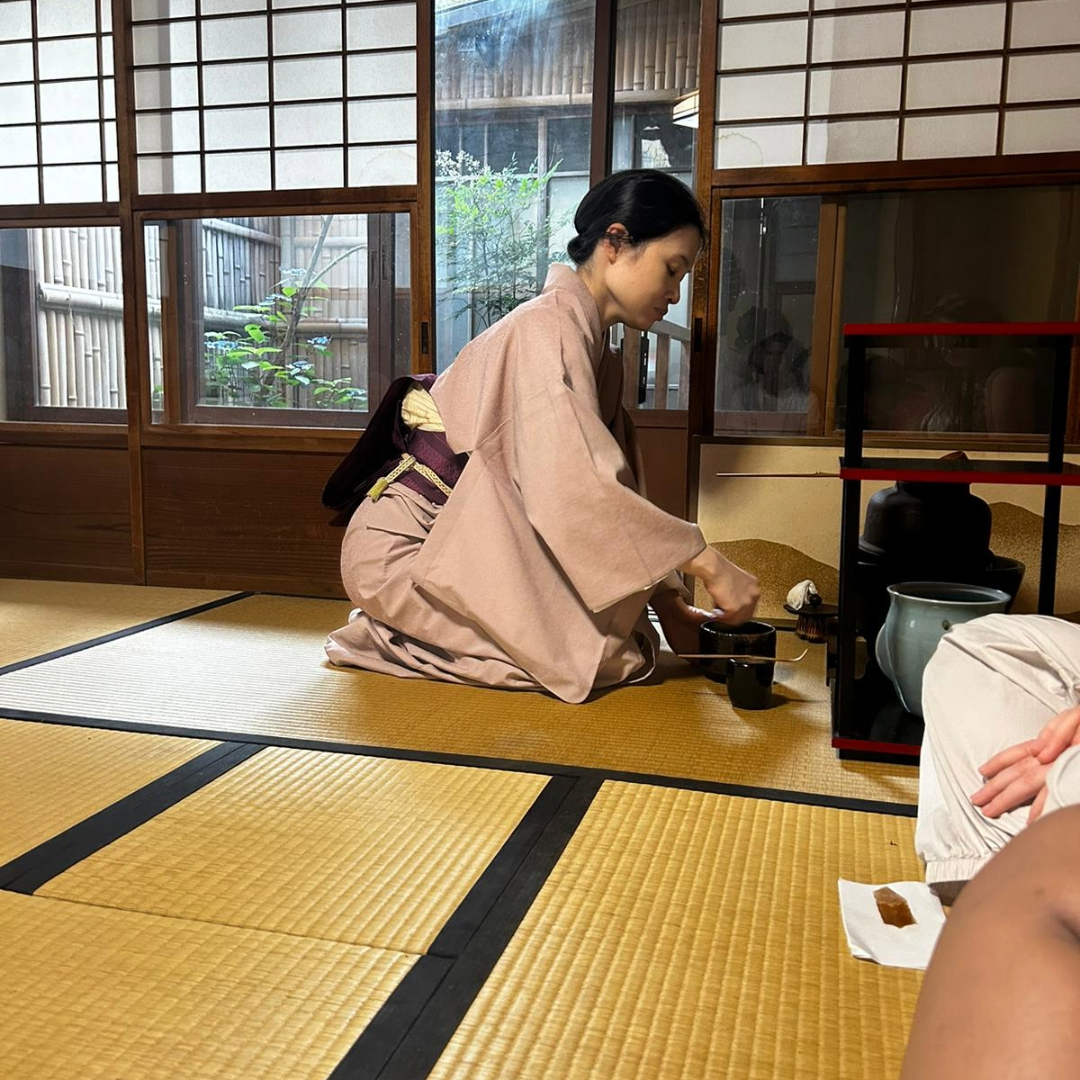
Today’s Kyoto adventure for the SJMC Japan program was a vibrant tapestry of experiences. Students started the day shopping which led to the discovery of hidden gems and unique finds. As students wandered the cobblestone streets, they were captivated by the city’s scenic beauty.
The most exciting experience was walking around the Kiyomizu-dera Temple area and having a taste of the different cuisines and snacks. Students also enjoyed buying souvenirs for themselves and loved ones.
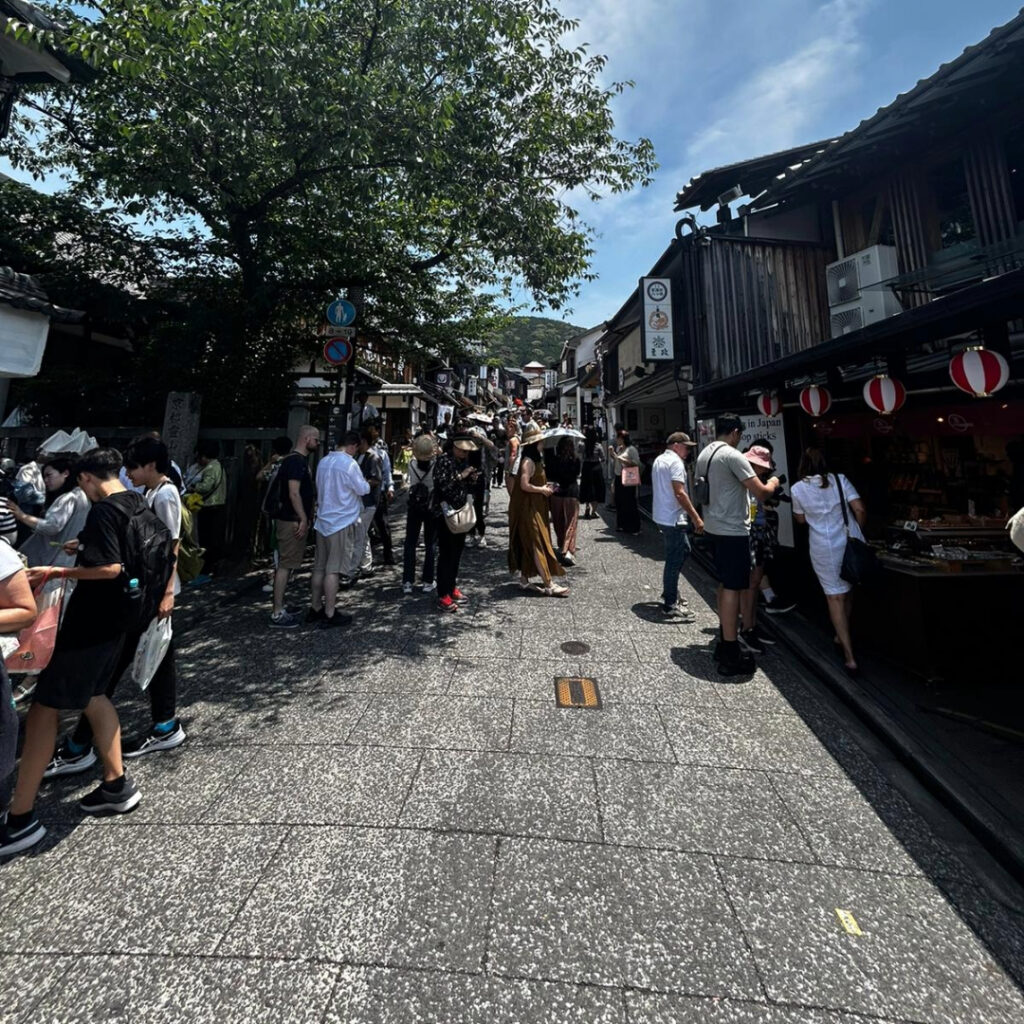
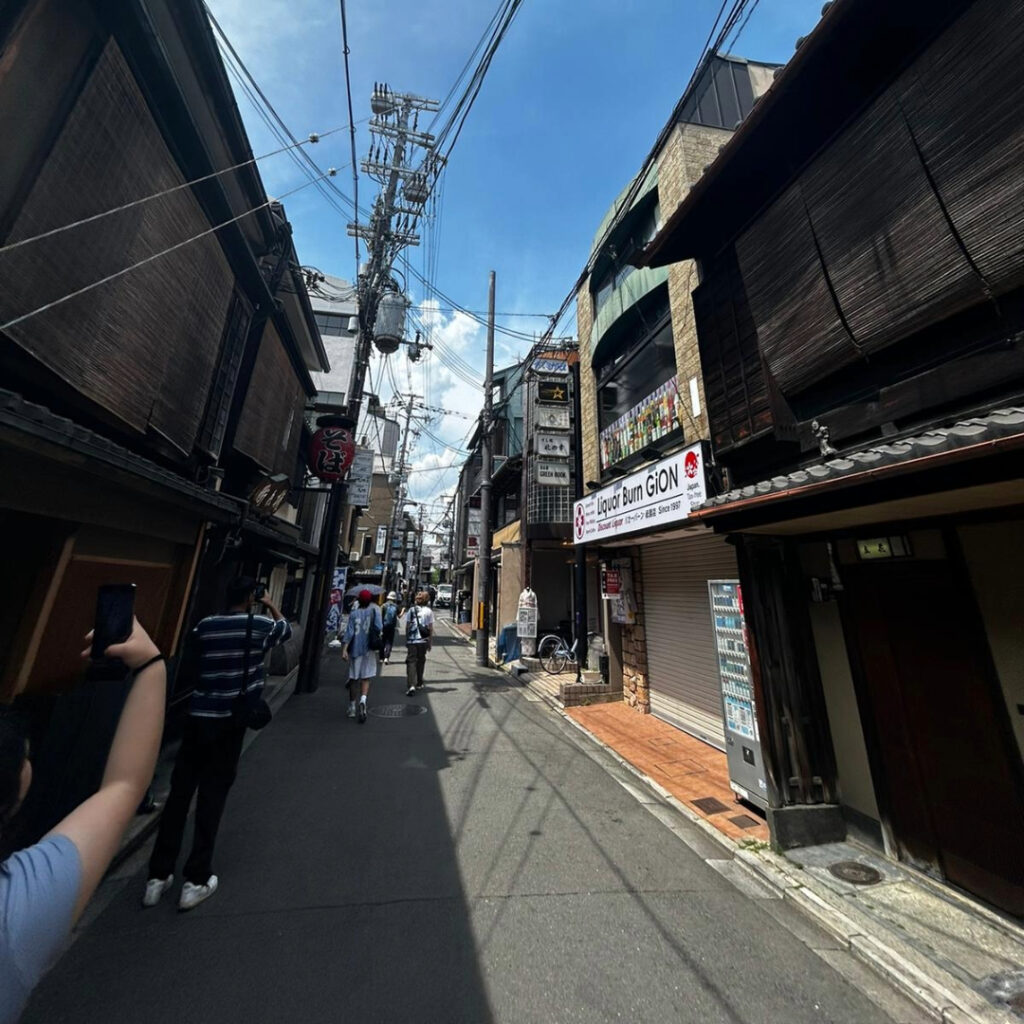
In their free time, students indulged in a variety of intriguing snacks, opting to try new treats they had never seen or tasted before. This adventurous spirit added an extra layer of excitement to their visit to the Kiyomizu-dera Temple, making the experience even more memorable and thrilling.
“I got a bunch of little crystal candies,” Lauren Reid, advertising sophomore, said. “One of the shops that I went into actually gave me a freebie.”
For Kaitlyn Maurer, having a variety of snacks was her priority.
“The food here was really good,” Maurer, mass communication sophomore, said. “I tried a lot of things like street food. I had a pickled cucumber, I had shaved ice, peach ice-cream and it was really good. I also had a fishcake with potato in it, and it was delicious.”
Others were fulfilling childhood dreams.
“The one thing I was very excited to try was a pork bun,” digital media innovation freshman Rosey Mendoza said. “I’ve always seen it in anime, and that’s been one of the things I’ve really wanted to try in Japan, and I finally got to try it here!”
Students also participated in a traditional tea ceremony, which was hosted by tea master Rie Kuranaka. In Japanese history, it is said that tea ceremonies are known to be a comprehensive art that involves the use of traditional items and steps taken during the tea ceremony.
During the ceremony, the main tea used was matcha, known for its symbolic representation of social bonds. Matcha creates a calm and relaxing atmosphere, helping to clear the mind of worries and stress, allowing visitors to enjoy a serene and harmonious experience.
We started with the introduction of the tea ceremony, which included a step-by-step on how to properly enjoy your tea while appreciating the presence of those around you. Students and faculty alike were intrigued by tea ceremony etiquette and the ways to properly hold the tea bowl. Additionally, students learned about the symbols painted on the bowl, which represent different meanings such as freedom and spirituality. As a group, students learned how to make the tea themselves and enjoyed the fruits of their labor together.
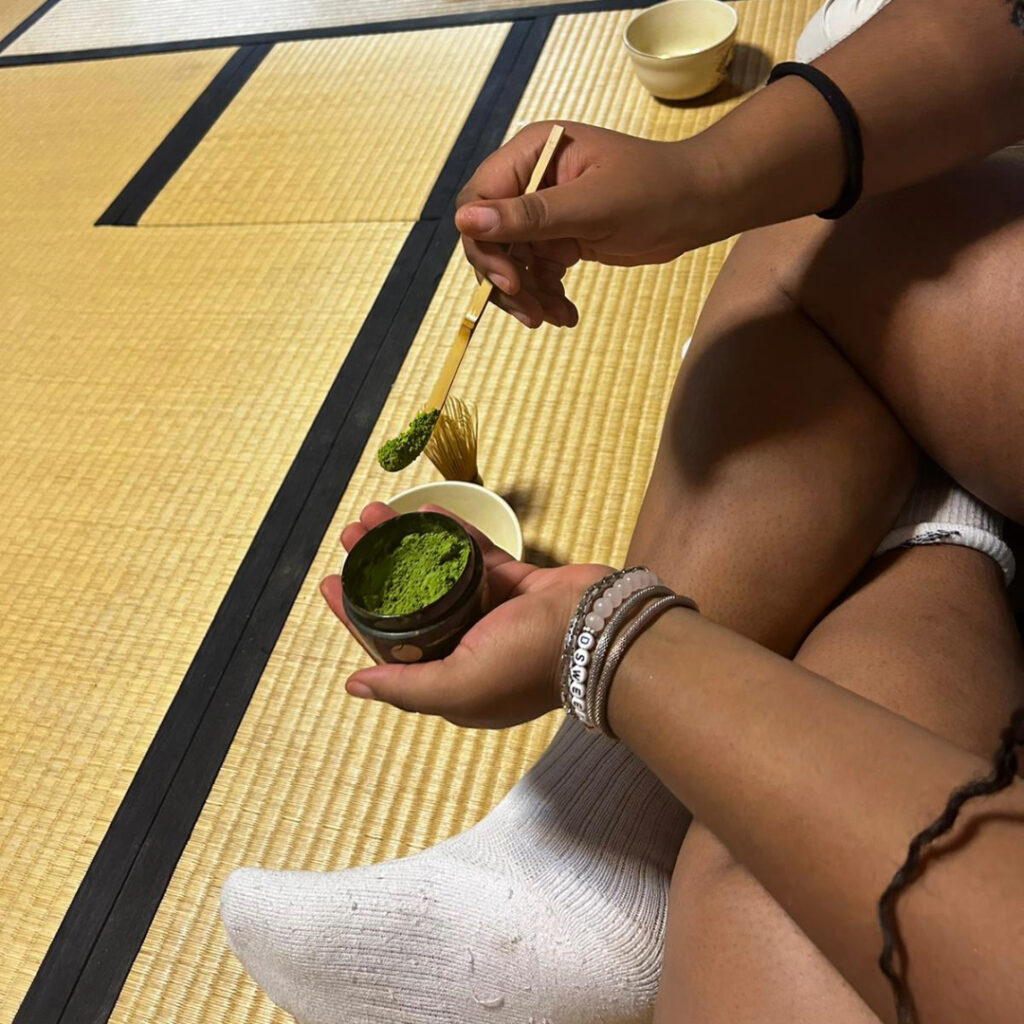
A sense of peace surrounded the group, making them forget – even for just a moment – about the outside world and focus on the company around them.
“The formality of the experience was just as I expected it to be,” digital media innovation Colton Winters said. “Rie was an extremely nice tea master that showed us the proper etiquette.”
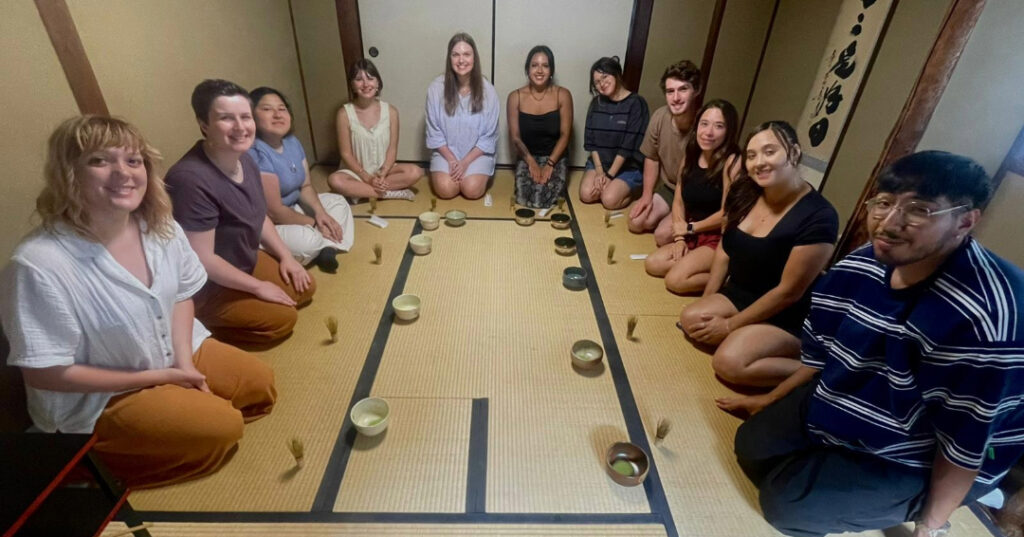
Digital media innovation sophomore Cade Gulley enjoyed the peace and quiet of the ceremony but also the aspect of appreciation.
“The calmness and how quiet the ceremony was really put me in a peaceful state of being,” Gulley said. “It felt very similar to meditation, and it was such a nice time to experience that with the friends around me.”
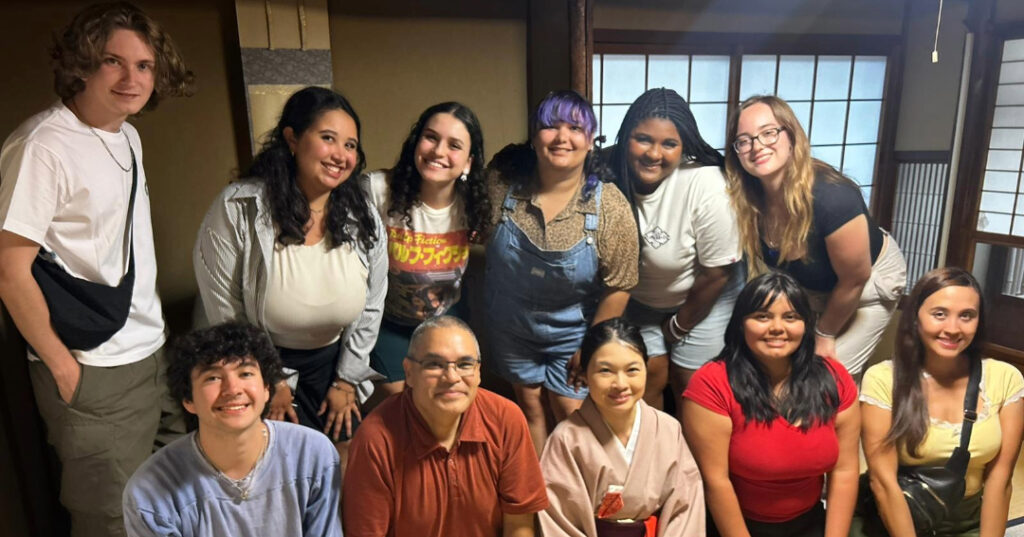
Another experience the students enjoyed was the globally renowned Kiyomizu-dera Temple. It is known to be one of the most celebrated temples in Japan ever since it was founded in 780.
One of the places that stood out to many people was the Otowa Waterfall because of the significance that it holds for each divided stream. The three divided streams represent longevity, academics and love. College students shared a deep admiration for the fountain, drawn by its symbolism of academic success, which resonated with their own aspirations. However, drinking from all three of the streams is a representation of greediness.
“I took a picture of people drinking from the fountain to signify longevity, prosperity and love,” said Thalia Gomez Patino, international studies senior. “To me, that stood out the most during the visit, and I would say that the water (fall) was my favorite thing to see today”.
Other students like international studies senior Tobi Jaiyeoba had academics in mind.
“My favorite part is when they told me that I can drink from this fountain for love and academics,” Jaiyeoba said. “I am graduating in six months, so I need to drink the water of academics.”
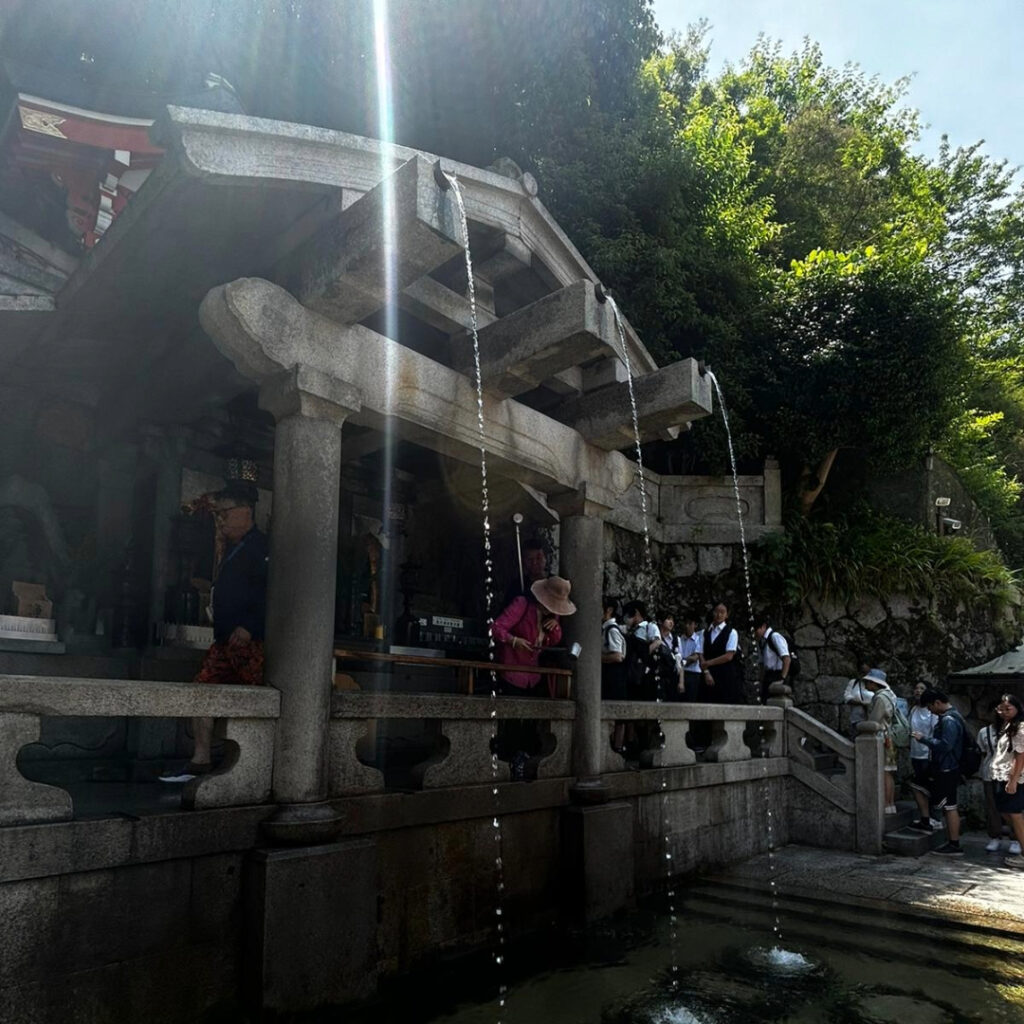
As students wrapped up their visit at the shrine, they walked the streets of the Gion district.
Students visited the Tatsumi Shrine in Kyoto, which is known to be a shrine for geiko and maiko – commonly known as geisha – to come and pray for prosperity or doing a good job.
Switching gears from the morning, students journeyed the streets of Gion in hopes of running into a geiko or maiko.
Unfortunately, there were no sightings, but students still admired the charm of Gion. Despite their appreciation, photography—whether professional or from cell phones—is strictly prohibited. Gion is regarded as a private street, and taking photos of geiko in Kyoto is banned due to the overwhelming number of tourists who intrude on their personal space or pressure them for pictures without consent.
Though it was a long and hot day, students enjoyed touring Kyoto and participating in traditional activities. They loved everything Kyoto had to offer. After today’s exciting sightseeing adventures, students are eagerly anticipating tomorrow’s visit to the Kyoto Shimbun. They are looking forward to delving into the history and success of the newspaper, one of the most influential publications in the region.





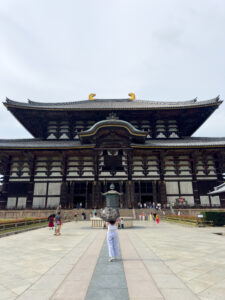
I enjoyed reading about the team’s first full day in Kyoto! I can only imagine how beautiful it is and your shared experiences draw readers in. Well done! I’m looking forward to the next blog post.